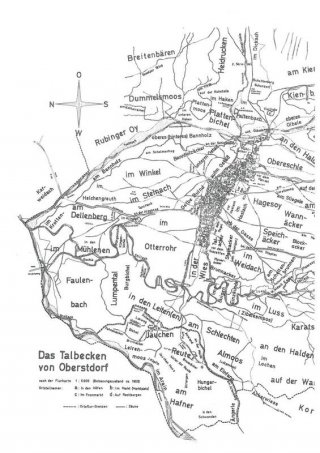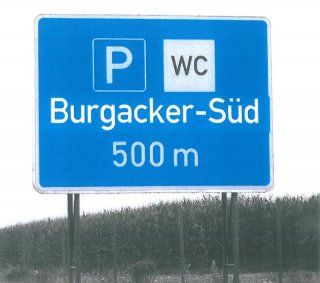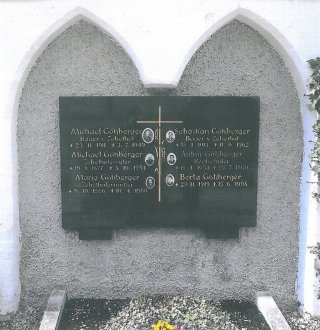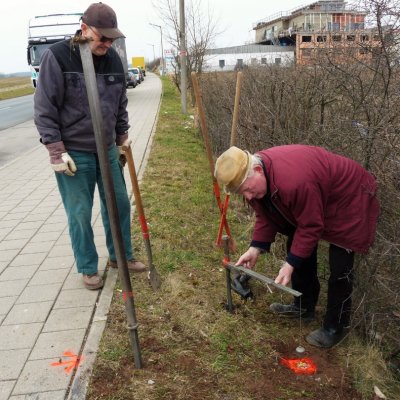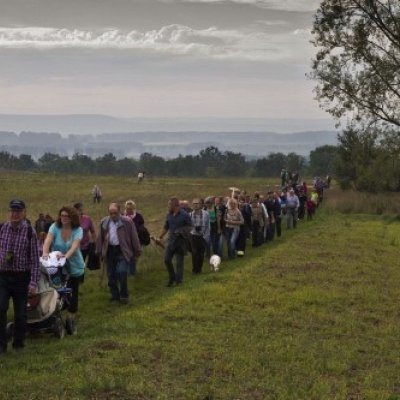Register of Good Safeguarding Practices
Research and Documentation of Cadastral Sections’ and House Names
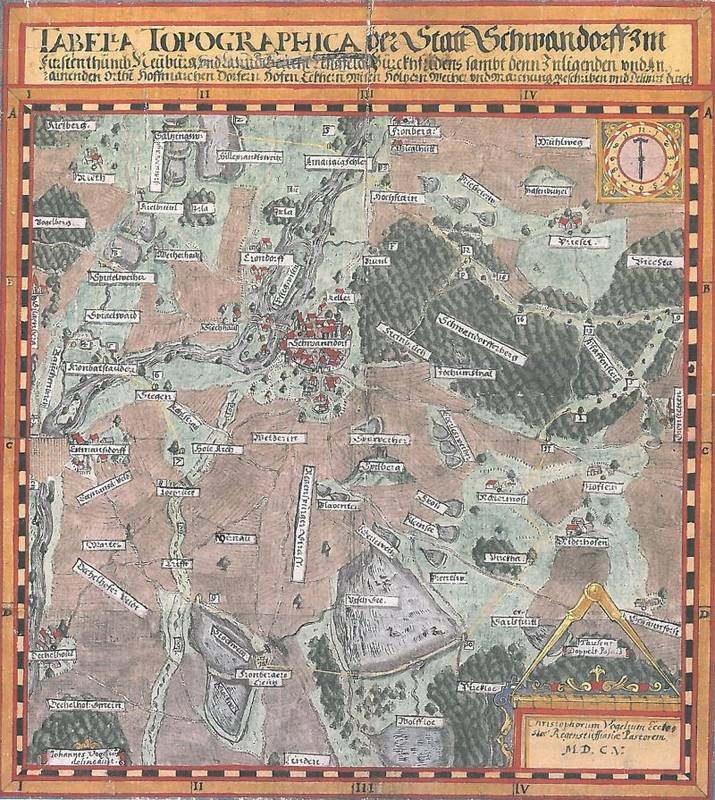
Names belong to the oldest linguistic and cultural heritage. They have been shaped many generations ago to characterize and distinguish between people and places. Until the 18th century, names for cadastral sections and houses were formed by the population through natural use and are thus direct expression of their interest in these geographic places. They are unique witnesses to the past that, on closer inspection, reveal a wealth of information on natural conditions, ownership, use or legal forms at the time of naming.
Facts & Figures
Crucial date: all season
Inscription: 2016
Where to find: Bavaria
Contact
Verband für Orts- und Flurnamenforschung in Bayern e.V.
Dr. Reinhard Bauer
@email
Names for cadastral sections describe fields, meadows, forests, waters and mountains. In Bavaria alone, 10 million names are handed down. Originally, they were only orally (in dialect) shaped and used. Most were recorded in the course of a uniform survey of the country only at the beginning of the 19th century.House names are the names of houses and farms, which until the 20th century were often more important than family names. In Bavaria, there are estimated to be more than 50,000 house names, which were an important part of everyday rural culture. Especially in large parts of old Bavaria, house names are still actively used to describe the inhabitants living in them.
Where agriculture has been given up, the use of cadastral sections’ and house names also decreases. They are hardly known in many places and are then only rarely used. For many people, they are part of their sense of home, a linguistic expression of their relationship to the social structure of their place. For about 100 years, there have been intensive efforts in Bavaria to research the names and to point out their identity-defining importance. The Association for Cadastral Sections’ and House Names Research in Bavaria, that most name researchers in Bavaria and other interested parties are member of, is intensively committed to researching, documenting and preserving the names. In some places, signs with old house names are used for preservation and identification.
Names for cadastral sections are to be preserved for future generations through lectures, publications and awareness raising in schools.
In Bavaria, a great deal of effort is being made to collect, research and preserve the names as a cultural asset. By means of public campaigns, such as the designation of motorway parking lots and the signposting of houses, these traditions could again be more strongly anchored in the consciousness of the population.
Great positive response in the population indicates a constantly growing need for information. As a result of collecting names of cadastral sections in registers, numerous names have been “rediscovered” and documented. The exploration and documentation of cadastral sections’ and house names in Bavaria is, in this sense, a good example of best practice concerning the preservation of intangible cultural heritage.


